Preventing muscle cramps with pickle juice
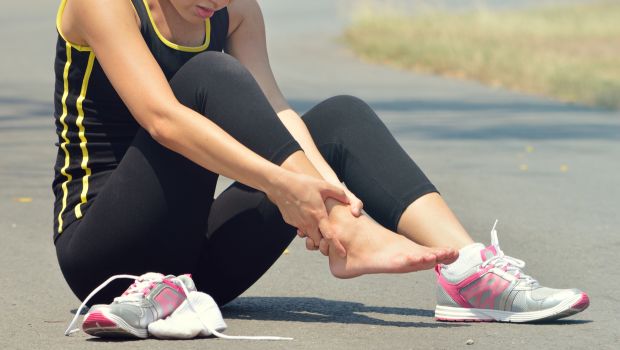
Exercise-associated muscle cramps (EAMC)
Muscle cramping during exercise is common in endurance and team sports as well.
The triggering causes of EAMC have not yet been identified, but the hypothesis goes towards a local electrolyte disbalance in the affected muscle. However, the primary cause is considered to be mechanical overloading, promoted by cold temperatures, dehydration, energy and electrolytes losses.
Sodium may play a role in the predisposition of cramps. Furthermore, Magnesium is often recommended in relation with muscle cramps. However, Magnesium has no direct influence on EAMC and its intake, therefore, is rather recommended chronically in the forefront of competitions.
Bitter-acid drinking solutions:
Several recent studies demonstrated a cramp-relieving effect by the ingestion of pickle juice solutions. Until now, the exact physiological mechanism is unknown. But the electrolytes and the liquid itself of these solutions cannot be causative, since the time period for a physiological reaction is too short, i.e. no relevant change in electrolyte balance could be registered within minutes after intake, nor in the longer term. Consequently, no causality could be found (Allen et al, 2013; Miller et al, 2010a and 2014) and it is assumed that neurological mechanisms must be involved.
Present explanations postulate a neurological stimulus caused by a high acid and/or bitter content of pickle juice or similar drinking solutions, which make the brain "forget" about the cramp incidence. Muscles can thereby reduce its tonicity and relax, the cramp is vanishing (Miller et al, 2010b).
Interestingly, pickle juice ingestion prior to exercise not only resulted into acute cramp relieve, but also showed a preventive effect, i.e. a reduced number of cramp incidences (Miller et al, 2010b).
Not just cramp relieve, but also performance enhancing
Besides the cramp-relieving effect, a recent study focussed on performance. Mouth rinsing during 10 seconds with a bitter tasting quinine solution and concomitant ingestion resulted in a 3.7% increase in peak power during 30 second sprints (Gam et al, 2014). The hypothesised mechanism is similar to mouth rinsing with a glucose solution: neurological activation of sensitive receptors in the mouth cavity, signalling to brain regions responsible for motor control. This leads to an attenuated perception of effort and, ultimately, increased performance. Apparently, a bitter quinine solution activates the same brain
regions like a sweet-tasting glucose solution.
SPONSER® Muscle Relax Sour Shot
Muscle Relax the bitter-sour tasting 30 ml shot was developed based on this evidence. Prior to market launch cramp-sensitive volunteering mountain bikers have tested it, extensively and successfully, during the Swiss Epic MTB race.
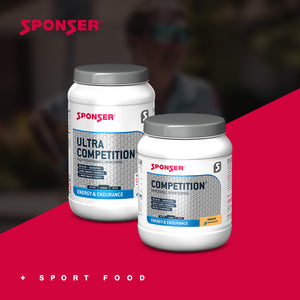
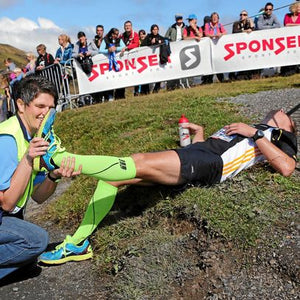
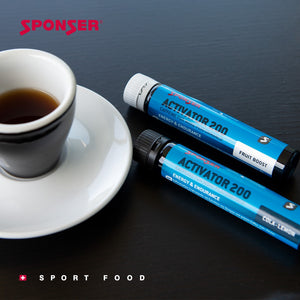
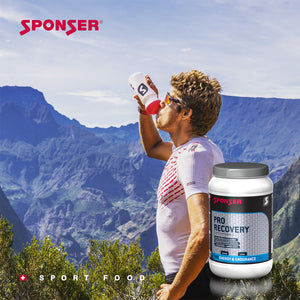
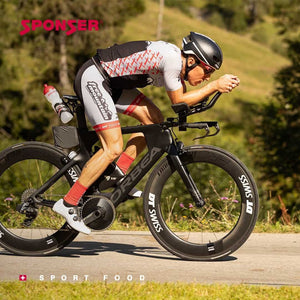
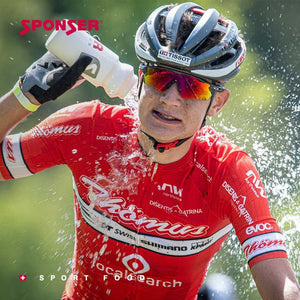
Comments 0